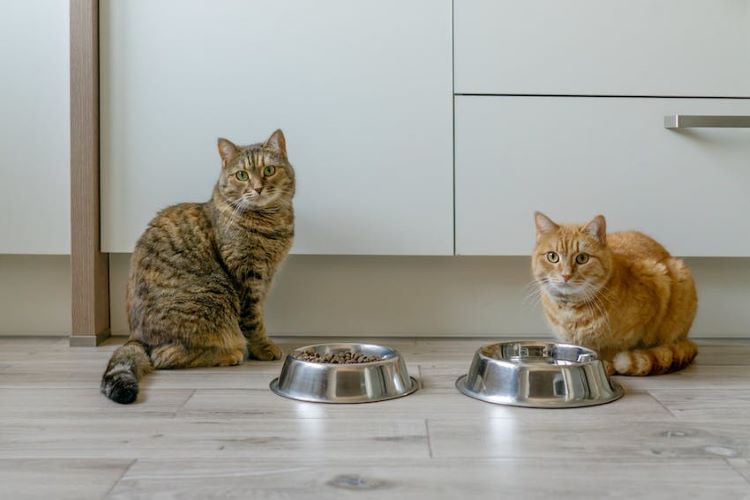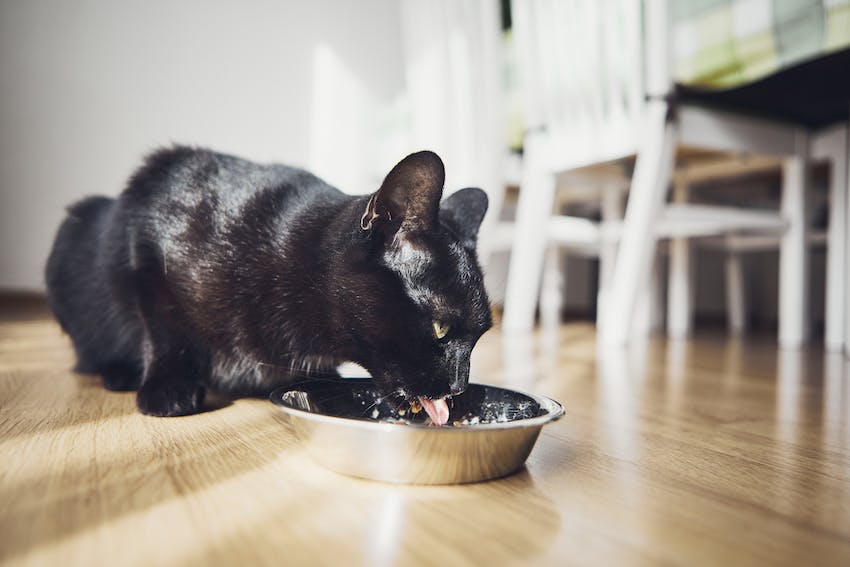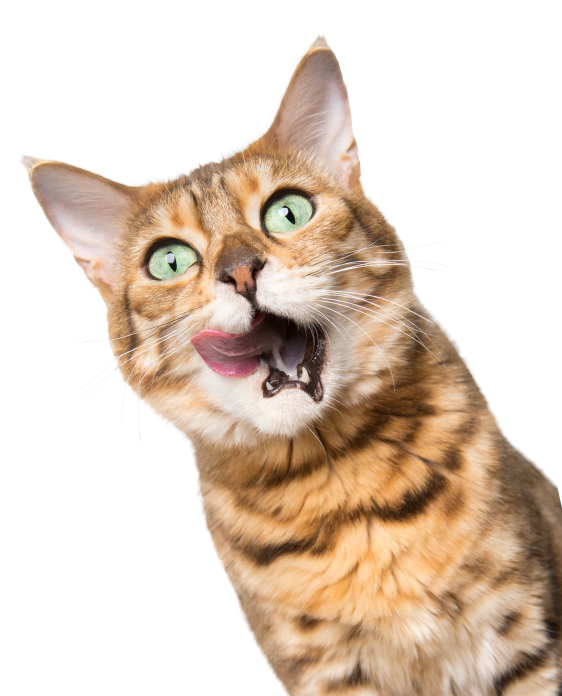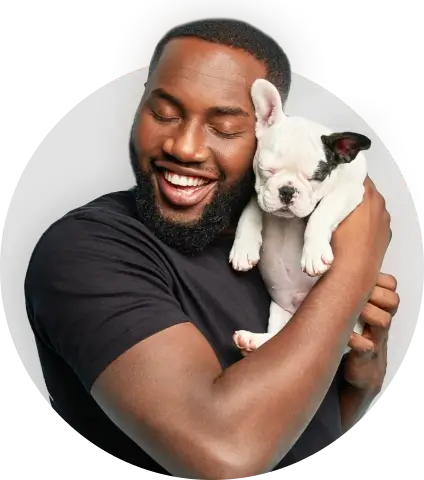Ready to help treat your pet to a healthy life?
Why is My Cat Always Hungry? When to Be Concerned
By : Brianna Gunter | Published Jan 18, 2022
Hyperadrenocorticism
Hyperadrenocorticism, more commonly known as Cushing’s disease, occurs in cats when too much cortisol is produced by the adrenal gland. Along with increased hunger, a cat with hyperadrenocorticism may display excessive thirst, vomiting and diarrhoea, weakness, and an un-groomed appearance. Cushing’s disease is considered rare but serious in cats.
Parasitic infestation
Parasites in your cat can be uncomfortable to think about, but they too could be a cause of changes in appetite. Gastrointestinal parasites in cats are common, especially in kittens and cats who were recently in a shelter. In addition to noticing excessive hunger, you may notice changes in your cat’s faeces and body weight.
The good news is that most causes of excessive hunger in cats can be treated, especially when caught early. Though according to Nold, there may also be some simpler explanations for a cat’s hunger.
“There are some benign causes of an increased appetite, such as increased exercise (often not a factor in cats) or being pregnant,” Nold says. “Some medications have increased appetite as a possible side effect. Often, though, your veterinarian will need to perform a physical examination and diagnostics to determine exactly what is causing your cat to have a ravenous appetite.”
How to determine whether your cat is being properly fed
While some cats may act hungry because they are underfed, it is far more common for pet owners to overfeed. If you’re using commercial cat food to feed your pet, Nold says the best place to start is by looking at the recommended volume right there on the package.
“Feeding for the target weight of your cat is important. Don’t feed for the current weight of your cat if they are overweight,” she explains. “If you no longer have the cat food container, as is sometimes the case with dry food, a good starting point for most cats is ½ cup per day for smaller cats to ¾ cup per day for larger cats. Keep in mind this is an actual measuring cup of dry cat food per day, not a random cup from your cupboard.”
“Accounting for treats and canned food is also important in determining how much a cat is actually being fed in a day. Treats should account for no more than 10% of your cat’s daily calories, and her regular food will need to be dialled down to account for them. Of course, the exact caloric requirements of your cat will depend on a number of factors, like their age, breed, activity levels, BCS (pet BMI), health status, and more.
“Some cats seem like they gain weight just breathing, and they are often good candidates for a weight management diet,” Nold says. “Young, growing cats will typically need a different type of food than an older and more sedentary cat.”
If you’re feeding your cat the right amount of food but they're still acting hungry, it could be time to look into different brands. Just like many human foods, there are a lot of commercial cat foods out there that simply don’t satisfy or allow your cat to feel full.
Periodically weighing your cat and having your veterinarian evaluate your cat’s health and BCS will help in determining how much and what kind of food they need. And just as with humans, adjustments may need to be made for weight and hunger control.
Portioning out food can help with cat hunger

Is your cat still begging for food despite being fed appropriate amounts and being cleared of health condition? Nold suggests dividing up food and portioning it out in smaller meals spread throughout the day. Spreading food out in treat puzzle toys, food dishes with dividers, or even a mini muffin pan can likewise help slow down your cat’s eating habits and give them more time to feel full. There’s also no reason to keep everything restricted to your cat’s usual eating space.
“Food puzzles or toys that hold small amounts of food spread throughout the house keep your cat active at the same time,” Nold says.
In addition to changing the way you serve meals and treats, canned cat food can also help ease kitty’s hunger.
“Canned cat food typically has a lower calorie content due to the increased water content compared to dry cat food,” says Nold. “This means a cat may be able to feel fuller while eating less calories.”
What if my cat still acts hungry?
Some cats are just natural gluttons, despite your best efforts. Be sure to check with your veterinarian if kitty’s hungry habits persist, just to be on the safe side. If no underlying medical conditions can be found, however, loving food could just be one of your pet’s many unique traits.



